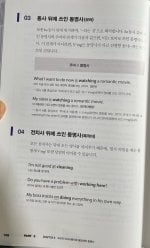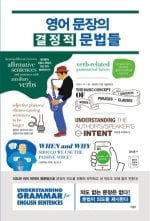sierkj
Member
- Joined
- Jul 29, 2024
- Member Type
- Student or Learner
- Native Language
- Korean
- Home Country
- South Korea
- Current Location
- South Korea
I've read 2-3 English textbooks with the grammatical structure resembling
"What I want is [verb]+ing..."
ex:
"What I want is riding a bike."
"What I want to do now is watching a movie."
This seems incorrect to me and I've had several native English speakers/teachers telling me that it is incorrect.
Can someone please help me understand this structure?
"What I want is [verb]+ing..."
ex:
"What I want is riding a bike."
"What I want to do now is watching a movie."
This seems incorrect to me and I've had several native English speakers/teachers telling me that it is incorrect.
Can someone please help me understand this structure?

